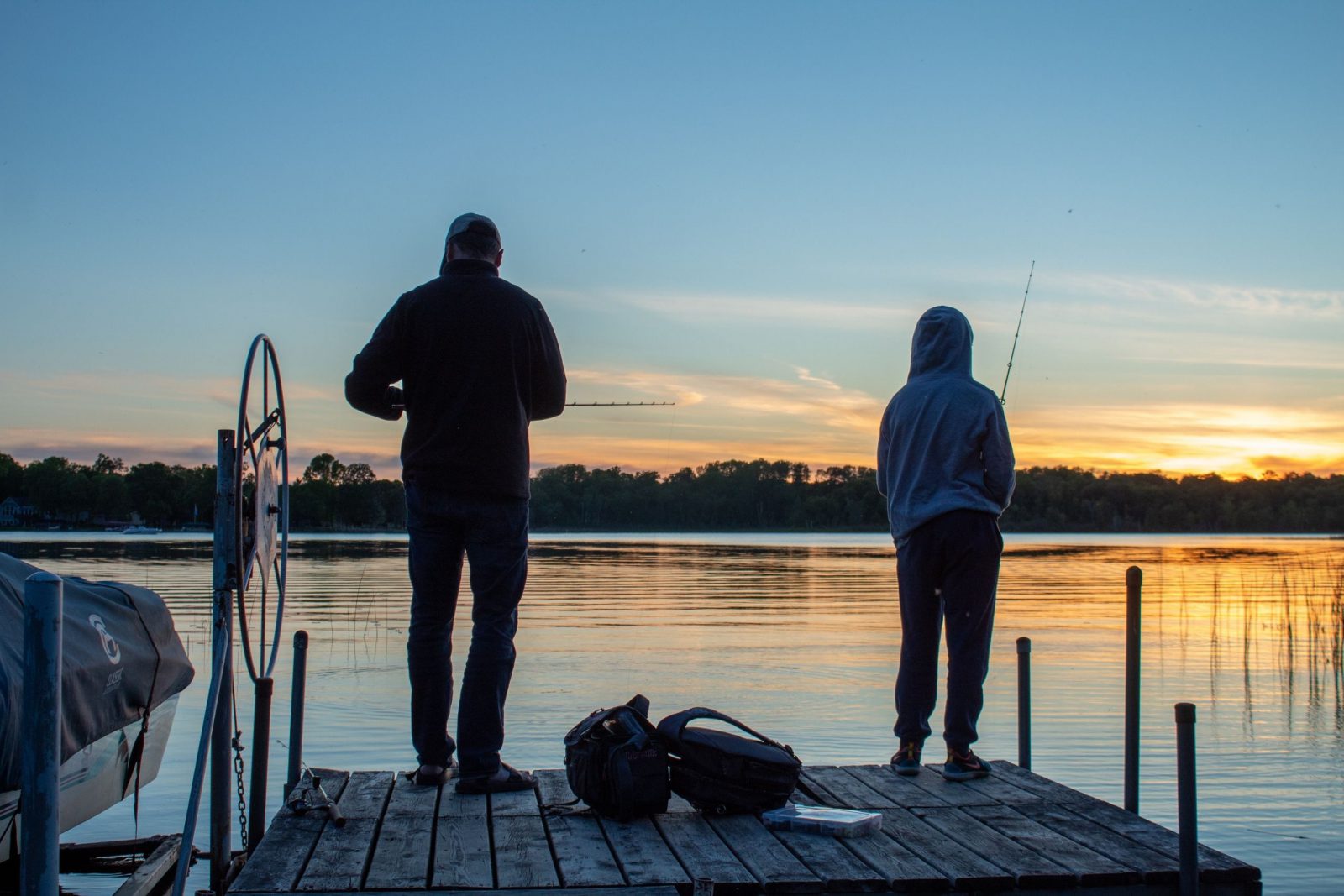
5 Ways to Achieve a Community-Oriented Fishery
Due to the more fast-paced lifestyles of modern families, people spend less time meeting their neighbors and enjoying the outdoors. Thankfully, many new communities are being designed around lakes and ponds, giving children and families easy access to something I traveled long distances for as a kid – a fishing spot.
These waterbodies set the scene for making memories and learning important lessons in patience, perseverance and the benefits of quality time near the water. in fact, studies show that time spent around the water leads to increased happiness and greater peace of mind. With a little planning, a neighborhood lake or stormwater pond can quickly and easily be transformed into a cost-effective fishing hot spot and proud focal point for the whole community.
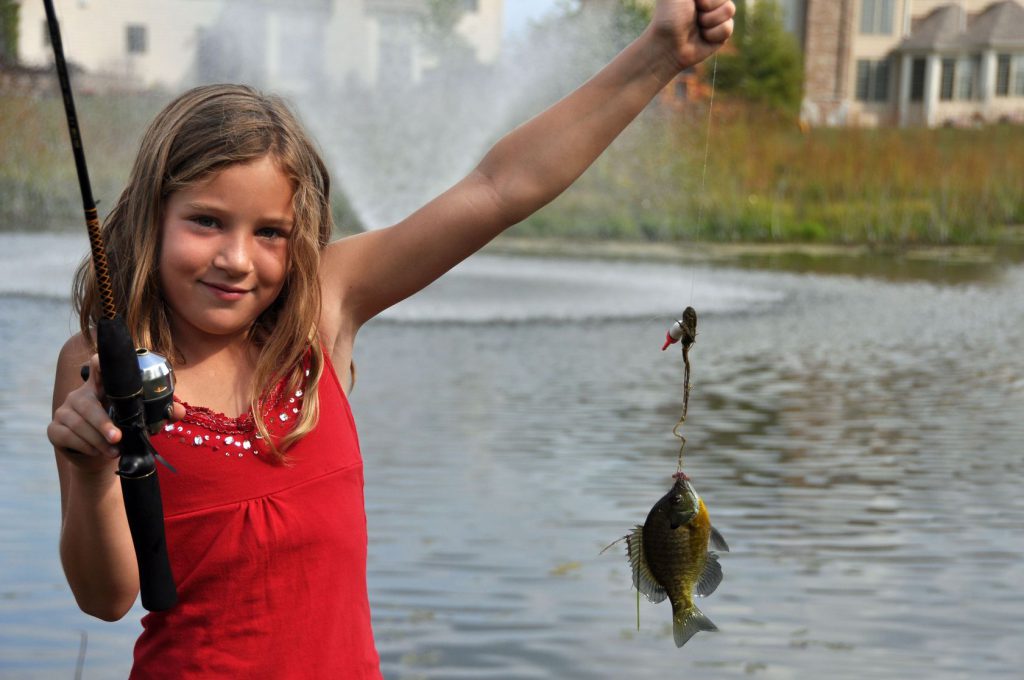
Building a community fishing program begins with a consultation with a Fisheries Biologist to determine the current state and health of your pond. A well-designed plan requires an understanding of the types of fish and plants that exist in the waterbody, as well as the quality of the water and fish habitat. Biologists and stakeholders utilize this information to develop a Community Fisheries Management Plan (CFMP). Based on the goals and budget for the community as well as the fisheries data, the CFMP can be used to identify beneficial strategies that aid in the creation of this important community asset:
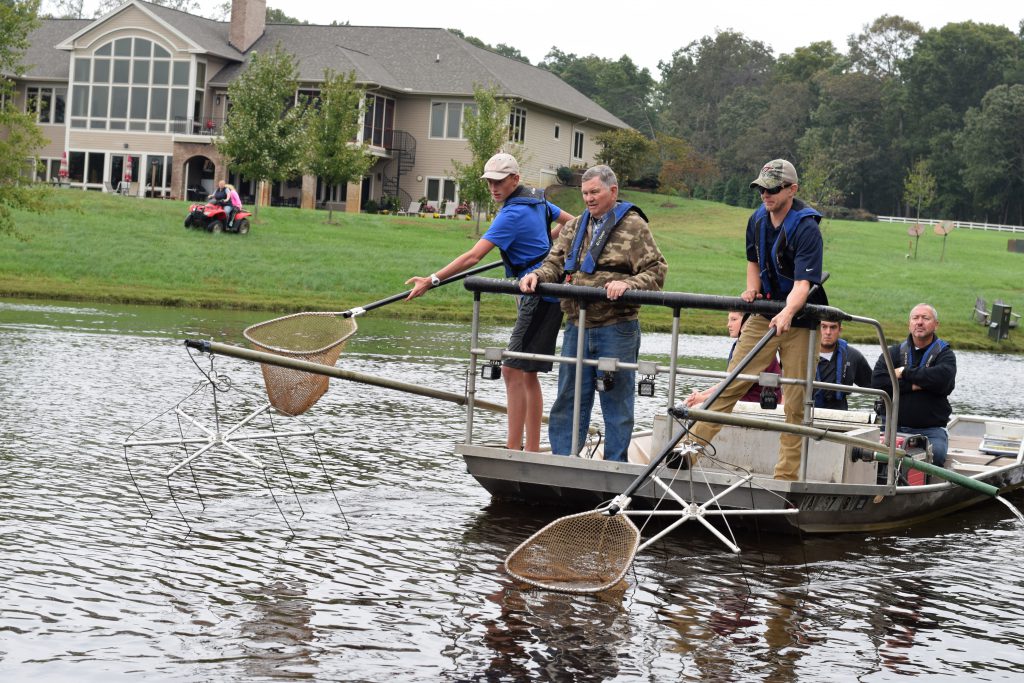
1. Electrofishing Surveys
Most ponds already support fish, but it’s not always clear what kind of role they will play in the fishery. Electrofishing surveys can be used to give Fisheries Biologists a deeper look under the surface to understand the fish communities present. These surveys facilitate the collection of information on species composition, the predator-to-prey ratio, size structure, and condition, and forage abundance. Frequently, the predator-to-prey ratio requires management strategies that balance the fish community, such as forage fish stocking or harvest recommendations for predator fish. During these observations, Fisheries Biologists may also collect water samples at the surface and bottom to determine how water quality affects fish health or growth.
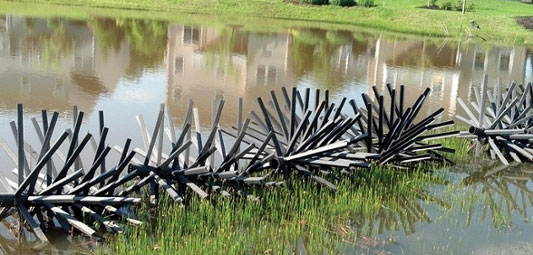
2. Habitat Management
Ponds require diverse habitats to support a healthy fish community. Introducing natural or artificial fish structure can help maintain balanced fish populations and create great areas to catch fish. Juvenile fish and minnows rely on small dense cover to avoid predators. Larger structures help predators feed on baitfish while also giving anglers locations where fish congregate. Each CFMP should detail the quality of the pond’s habitat and recommend ways within your budget to make any improvements. Quality fish habitat enhancement is a process that occurs over time, so communities should budget for improvements annually.
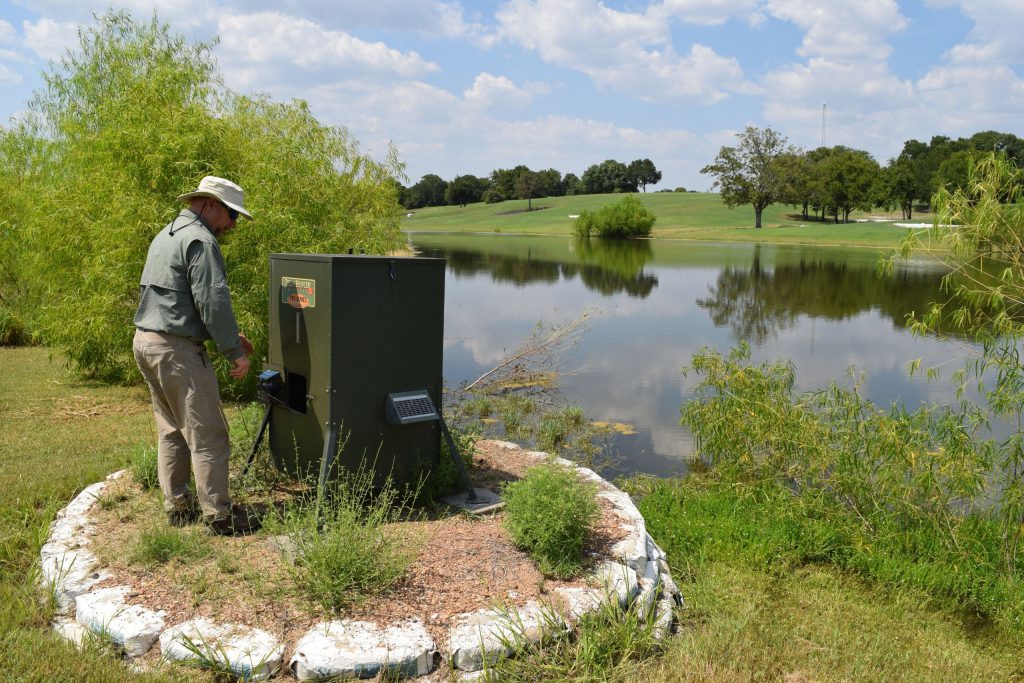
3. Fish Feeders
Supplemental feeding can be an important part of a successful fisheries program. Fish feeders offer a reliable system to help support healthy fish populations. Introducing a feeder at fishing access points will help attract fish, making them easier for kids to catch. Feeders and types of feed come in many varieties; a Fisheries Biologist can make recommendations based on your community’s budget and goals for the program.
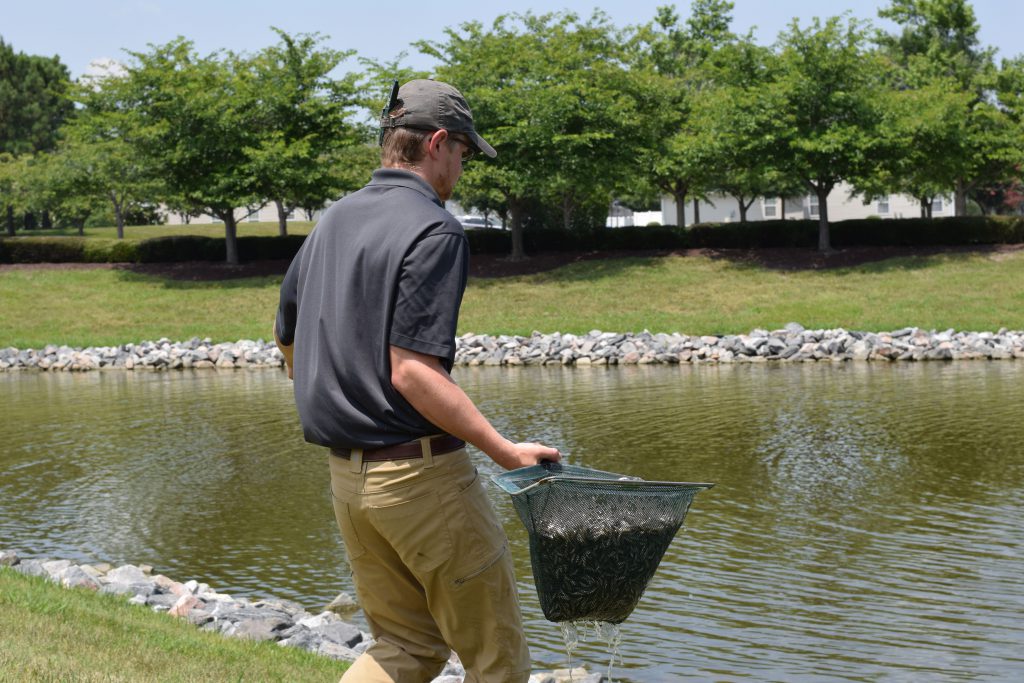
4. Fish Stocking
Fish stocking is a fisheries management solution that can be used to quickly create new fishing opportunities in a community lake or pond. In addition to cultivating healthy populations of fish, Biologists can also stock unique species on a regular basis that add fun and variety to the angling experience. For instance, stocking adult Bluegill and Redear Sunfish can improve the overall balance of most ponds while also providing quick and easy angling for kids and newcomers. Introducing adult Channel Catfish creates immediate excitement and provides an opportunity to catch big fish. Adding Rainbow Trout each fall provides a fun Autumn dimension and a chance to enjoy the water in the cooler months. A few large Rainbow Trout, or even Golden Trout, stocked annually create excitement in the winter and also provide easy catches during youth fishing events come spring.
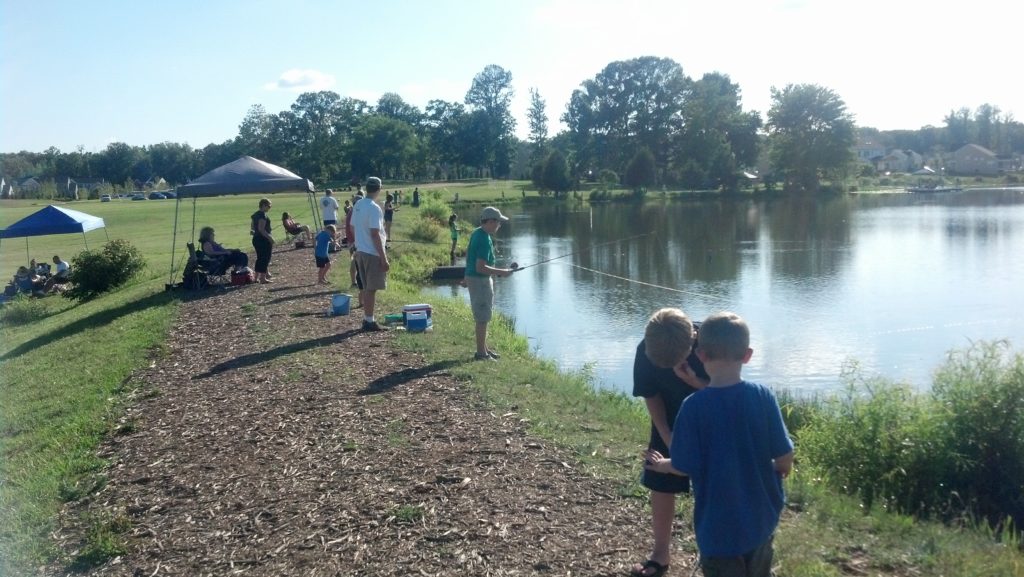
5. Community Events
In order to establish a successful community fishing program, it’s important to gain support from the entire neighborhood. Hosting a fishing tournament with food, drinks, and prizes can help generate excitement for the program, provide volunteer opportunities, and give community leaders a chance to share information about the perks and benefits of neighborhood fishing. A Fisheries Biologist can help tailor a tournament to your community’s schedule, budget, and water resources. Often, homeowners gladly loan their gear to introduce someone to fishing. Likewise, local outdoor stores are often eager to donate prizes such as fishing poles to award participants. Coordinating with your Fisheries Biologist to stock and tag fish beforehand can help ensure high catch rates for all participants.
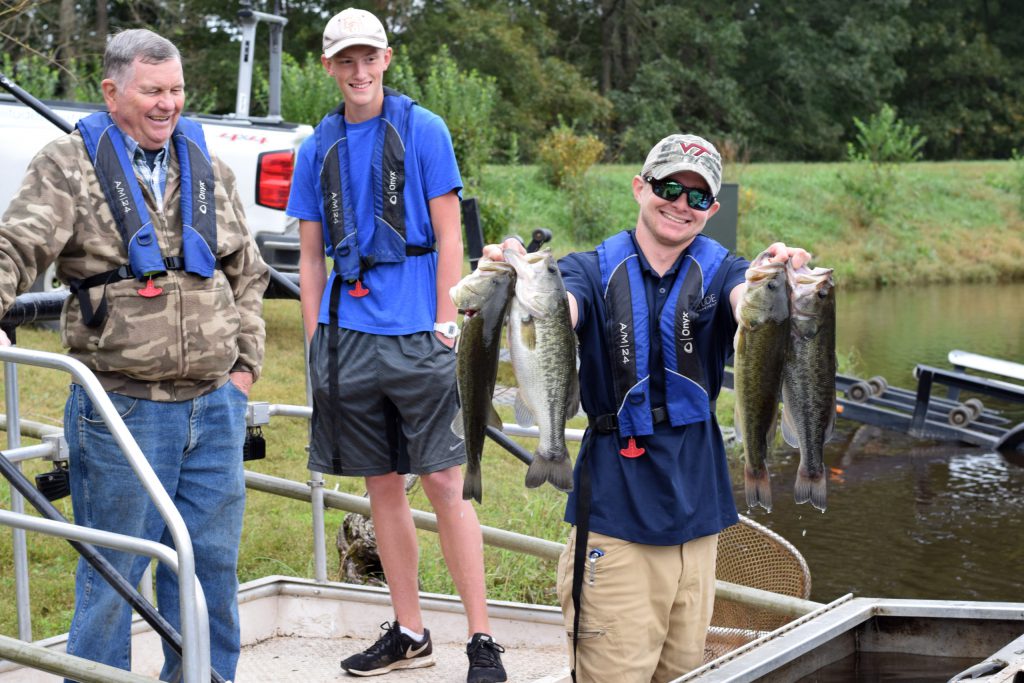
Building Your Community-Oriented Fishery
Managing a community fishing lake should provide a fun outdoor experience for all residents. With public support and a well-designed Community Fisheries Management Plan, endless possibilities exist. Contact a professional fisheries management company for even more ideas and recommendations for ways your community can start planning today.
Electrofishing: How Does It Work?
Contact Us to Build Your Community Fishery
SOLitude Lake Management is a nationwide environmental firm committed to providing sustainable solutions that improve water quality, enhance beauty, preserve natural resources and reduce our environmental footprint. SOLitude’s team of aquatic resource management professionals specializes in the development and execution of customized lake, pond, wetland and fisheries management programs that include water quality testing and restoration, nutrient remediation, algae and aquatic weed control, installation and maintenance of fountains and aeration systems, bathymetry, shoreline erosion restoration, mechanical harvesting and hydro-raking, lake vegetation studies, biological assessments, habitat evaluations, and invasive species management. Services and educational resources are available to clients nationwide, including homeowners associations, multi-family and apartment communities, golf courses, commercial developments, ranches, private landowners, reservoirs, recreational and public lakes, municipalities, drinking water authorities, parks, and state and federal agencies. SOLitude Lake Management is a proud member of the Rentokil Steritech family of companies in North America.









